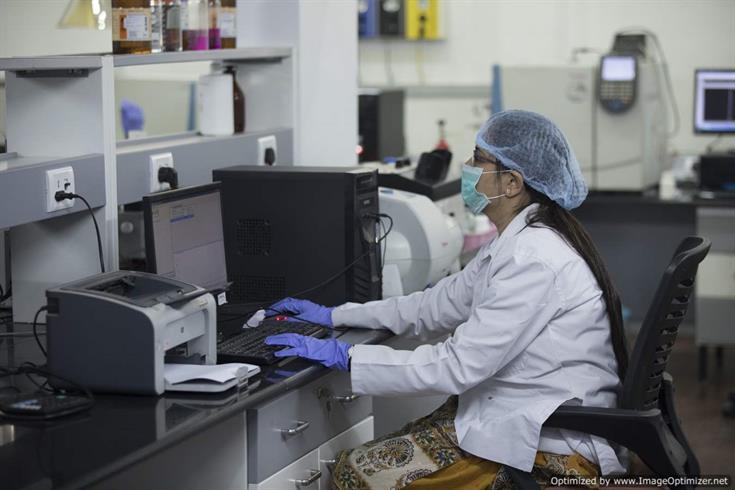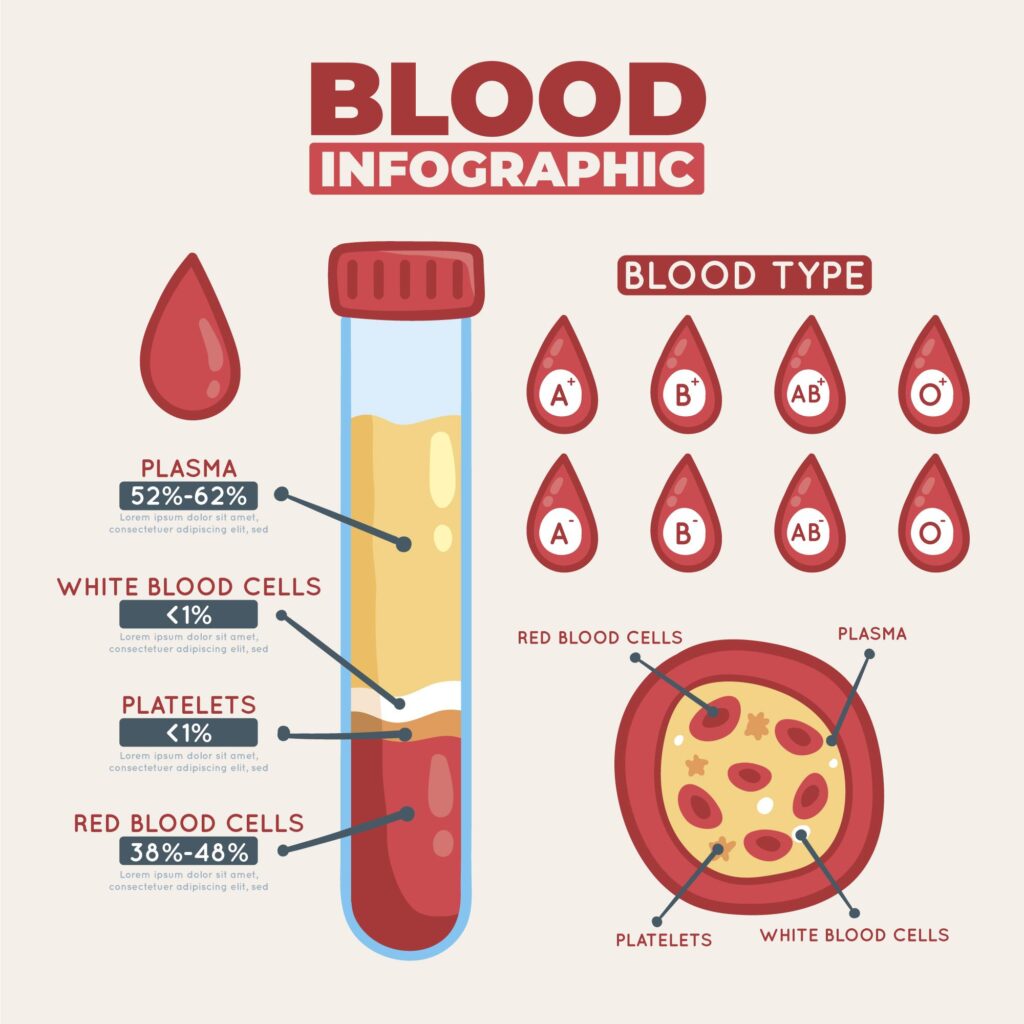Blood groups have long captivated the scientific community, and beyond the familiar A, B, AB, and O classifications, they delve deep into the unique composition of our blood. Lund University’s research team in Sweden recently made a groundbreaking discovery, published in Nature Communications. They’ve demystified why individuals with the same blood group can exhibit varying levels of specific blood group antigens, a conundrum that has puzzled professionals for 50 years. This revelation not only promises safer blood transfusions but also provides profound insights into disease susceptibility.
The Genetic Foundation: Deciphering Blood Groups
For over three decades, Lund University’s scientists have been meticulously unraveling the genetic basis of blood groups, leading to the establishment of six new blood group systems. These groups, while sharing striking similarities in the proteins and carbohydrates on the surface of red blood cells, are characterized by subtle differences. Until now, the reason behind these intriguing variations remained elusive.
Transcription Factors: The Missing Piece of the Puzzle
In the quest to solve this long-standing mystery, the researchers turned their attention to transcription factors, proteins that act as molecular switches in DNA. With a specially developed bioinformatics pipeline, they successfully identified nearly 200 landing sites for transcription factors in 33 different blood group genes. This marked a critical turning point in their quest to understand blood group variations.
The Helgeson Blood Group Unveiled: A Puzzling Enigma
Among the perplexing blood group variations, the Helgeson blood group stood as a formidable enigma. This group, characterized by strikingly low levels of Complement Receptor 1 (CR1), a molecule vital for our immune response, had long defied detection through standard DNA testing methods. The breakthrough came when the researchers revealed that a genetic variation in the landing site DNA sequence for a crucial transcription factor explained the low CR1 levels. Intriguingly, this genetic variant was found to be more common in Thai blood donors, aligning with previous studies that indicated lower CR1 levels as a protective mechanism against malaria.
Enhancing Blood Transfusion Safety: Practical Implications
Understanding the mechanisms behind blood group variations goes beyond mere scientific curiosity. This newfound knowledge holds significant implications for blood compatibility testing, promising to enhance transfusion safety by reducing the risk of potentially dangerous mismatches. By incorporating these discoveries into existing DNA-based tests, professionals can provide a higher level of care for their patients.
The Future of Blood Group Research: Personalized Healthcare
The impact of this groundbreaking research extends beyond blood transfusion safety. It paves the way for more personalized healthcare approaches, offering precise insights into disease susceptibility based on blood group variations. By harnessing data-driven predictive tools and vast databases, professionals can better understand how diseases affect individuals differently based on their blood groups, potentially revolutionizing the field of healthcare.
In conclusion, Lund University’s breakthrough marks the successful unravelling of a 50-year-old blood group mystery. Their findings promise safer blood transfusions and the dawn of a future where healthcare becomes more personalized and tailored to individual needs, ultimately enhancing patient care on a global scale.
-By, Darshini Shah





